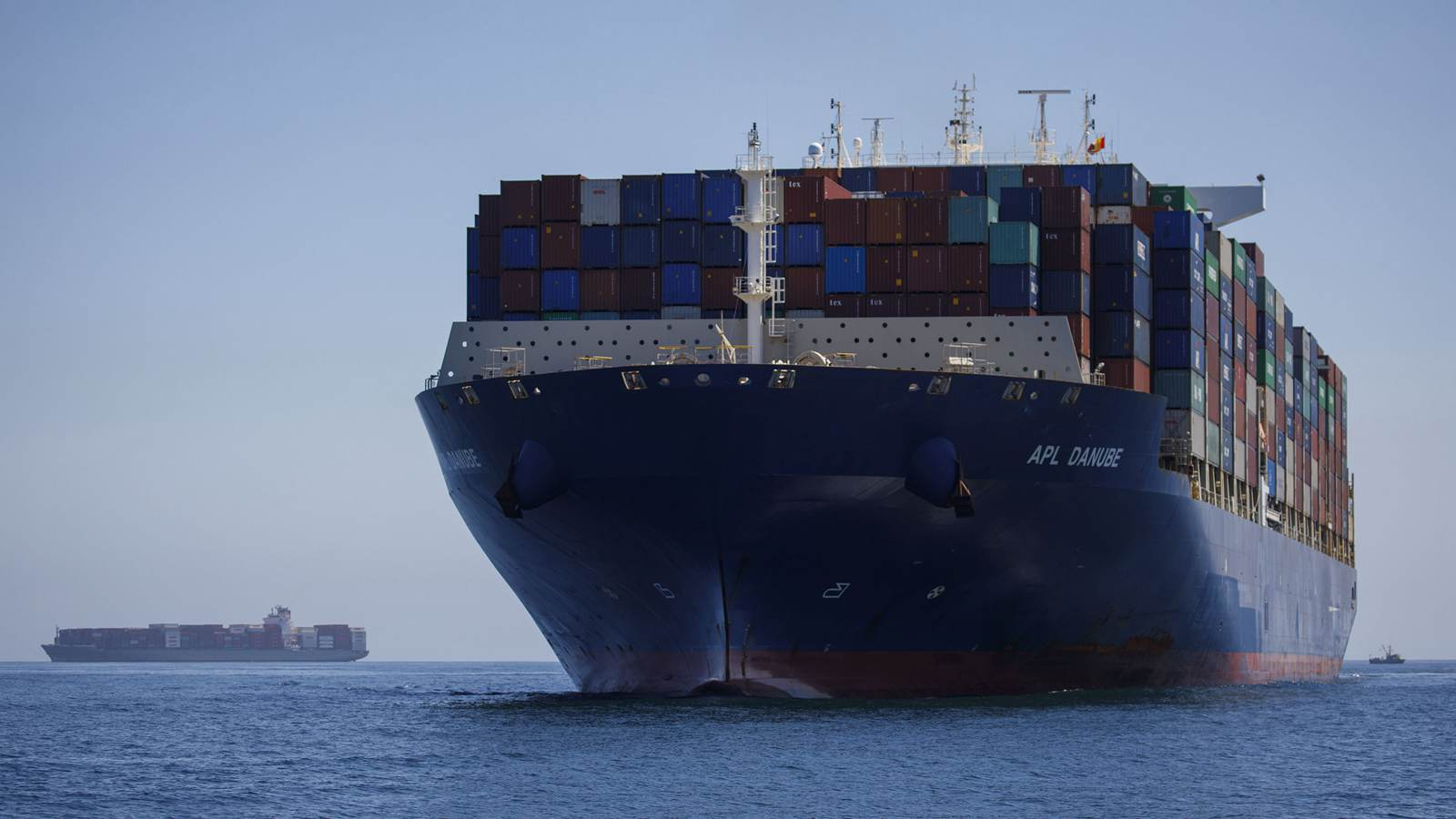
Business
20:32, 24-Jul-2018
Why are intermediate goods made outside China calculated as from China?
Updated
19:36, 27-Jul-2018
By CGTN’s Zhu Feng
02:09

US President Donald Trump started the trade war with China, blaming the country for America's 357-billion-US dollar trade deficit. But the statistics only tell the value flow of final products, not that of intermediate goods.
Part of China's trade surplus with the US is re-exportation of intermediate goods. The latest data in 2016 shows China imported 357 billion US dollars of intermediate goods, 22 percent of China's total imports. Part of these intermediate goods was re-exported to the US and other countries. And their value was usually included in the final products as from China.
"A global industrial chain arose from globalization. One country could take part in a single procedure of production. As final products are usually assembled in China, the value of intermediate goods becomes China's trade surplus statistically," observed Xu Xianchun, professor for Tsinghua University.

VCG Photo
VCG Photo
Empirical data shows most developed economies recorded trade surplus from intermediate goods during their economic expansion. From 1874 to 1970, the US recorded trade surplus in 93 years. Germany recorded surplus in 84 years from 1880 to 2016. Japan had kept 30 consecutive years of trade surplus from 1981 to 2010.
In the 1970s, manufacturing businesses moved from the US to Japan, and factories started to immigrate to China for cheap labor at the beginning of the new century. In 2017, about 37 percent of China's exports to the US came from trade such as the assembly of cellphones and computers.
"Cellphones contributed the most to China's trade surplus with the US. That's about 43.7 billion US dollars. And most are orders from Apple. The second comes from computers ordered by Dell and other companies. The US government did not include these products in the tariff list as they know it will hurt themselves," said Liang Ming, director of the Institute of International Trade at the Chinese Academy of International Trade and Economic Cooperation.
As a global manufacturing center, China imports intermediate goods and exports final products. But the value of intermediate goods is statistically calculated as from China but not actually produced in China.

SITEMAP
Copyright © 2018 CGTN. Beijing ICP prepared NO.16065310-3
Copyright © 2018 CGTN. Beijing ICP prepared NO.16065310-3